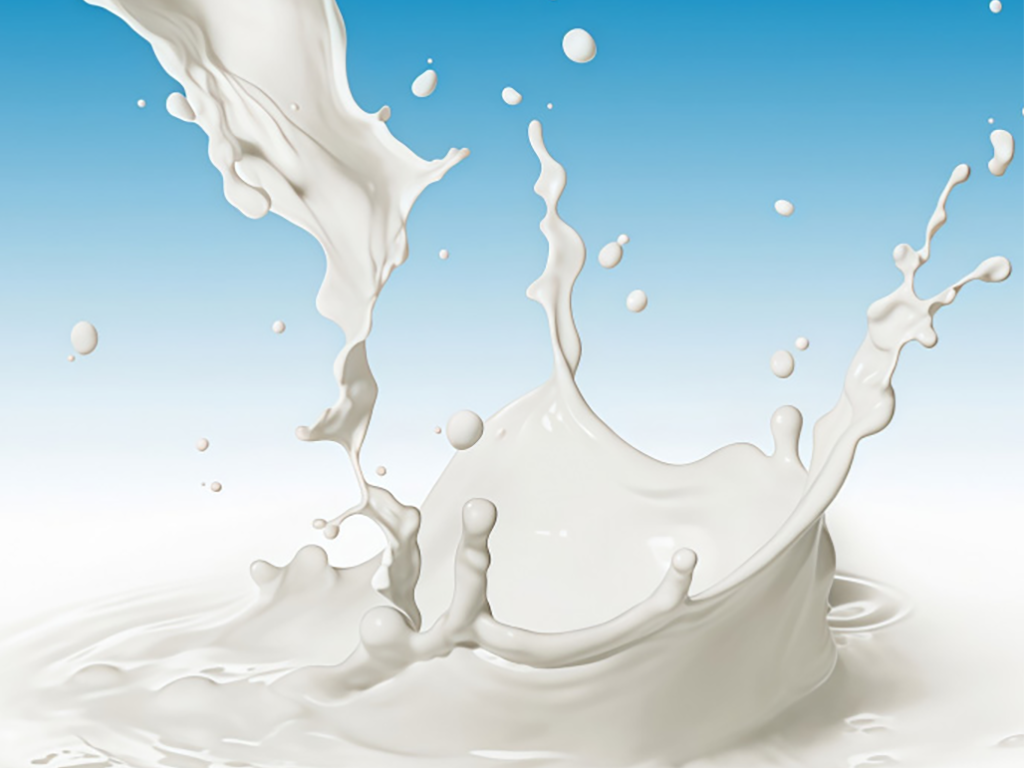Octyl acrylate technical specifications are detailed standards that define its physical, chemical, and performance properties, ensuring suitability for industrial applications. Purity is a primary specification, typically requiring ≥99% as measured by gas chromatography, with maximum limits on impurities (e.g., ≤0.5% octanol, ≤0.1% acrylic acid) to prevent interference in polymerization. Acid value, expressed in mg KOH/g, is specified at ≤0.1 to indicate low residual acidity, which could affect polymer stability. Moisture content, measured via Karl Fischer titration, is limited to ≤0.1% to avoid hydrolysis during storage or processing. Color, assessed using the APHA scale, is specified at ≤30, ensuring a clear, colorless liquid that does not impact the appearance of end products like coatings or adhesives. Viscosity at 25°C is typically 1-3 mPa·s, ensuring ease of handling and mixing in formulations. Inhibitor content (for polymerization control) is specified within a range (e.g., 100-200 ppm hydroquinone monomethyl ether) to balance storage stability and reactivity. Other specifications include refractive index (1.438-1.442 at 25°C), density (0.885-0.890 g/cm³ at 25°C), and boiling point (approximately 215°C at 760 mmHg) for identification and quality verification. These specifications are critical for formulators, as they ensure consistent performance in emulsion polymerization, adhesive formulation, and coating production, with suppliers providing certificates of analysis to confirm compliance, supporting reliable end-product manufacturing.
